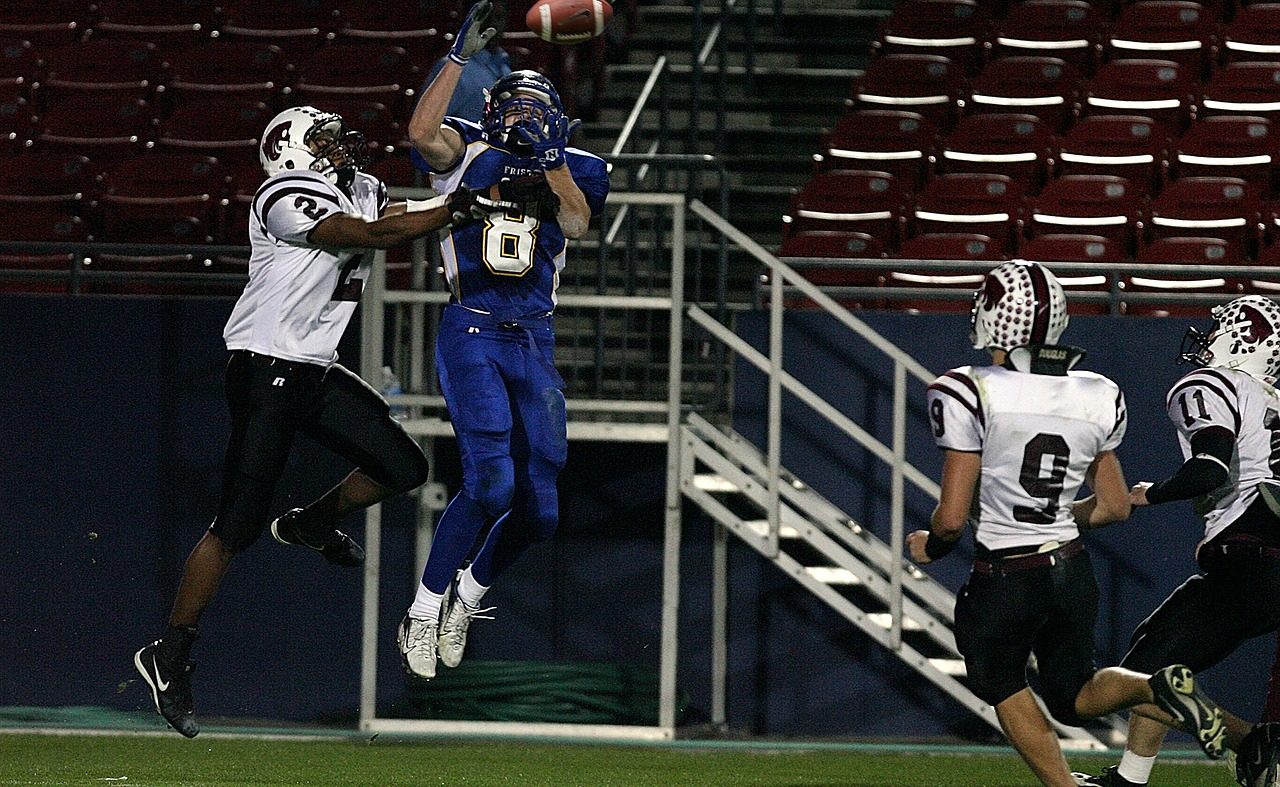 Knee Health
Knee Health
Patellar tendinitis (also known as Sinding-Larsen-Johansson disease) or commonly known as jumper’s knee is a term referring to an injury or inflammation of the patellar tendon which connects kneecap with the shin bone. Jumper’s knee belongs to the family of overuse conditions, referring to damage to the tissue that is caused by repetitive movements.
Jumper’s knee is a relatively common injury which occurs on people who are doing repetitive exercises that involve a lot of jumping like basketball, volleyball, soccer or gymnastics. Frequent jumping and landing causes a lot of stress on the knees, resulting in damaging the tendon.
Though the condition is common among athletes, it can strike anyone. The risk of getting jumper’s knee is the higher the greater the weight is. Anyone who has weaker muscles, abnormalities in their kneecap or are bow-legged have bigger risk of hurting the patellar tendon.
What are the main symptoms of jumper’s knee?
It is possible you might not recognize jumper’s knee condition immediately as it might start off with mild pain. The main symptoms of jumper’s knee are pain and tenderness, swelling and pain while doing some exercises or bending the leg. If you are experiencing some discomfort or tenderness behind the kneecap or stiffness while kneeling, jumping or sitting, these might be another warning signs.
Jumper’s knee is divided into 4 stages that describe the level of injury – stage 1 being the mildest and requiring just home remedies while stage 4 being the worst-case scenario:
- Stage 1 – You will feel pain or discomfort only after exercising or being active, but you won’t feel much different.
- Stage 2 – The knee will cause pain during and after activity, but you’ll function normally in your daily life.
- Stage 3 – The pain will start to disturb your normal life and it will be harder to perform sports or other activities.
- Stage 4 – The tendon will be completely torn and you will need surgical help.
How to treat jumper’s knee?
On most cases it is possible to treat jumper’s knee at home. The key to that is resting – decrease your activity level for a while and let the knees recover. Cold compress and knee support would also be beneficial as the cold will reduce inflammation while support helps to decrease the strain on the knees. After resting a couple of days you can start stretching and strengthening the muscles. The condition can also be treated with the help of specific injections that reduce the inflammation. Surgery is required only in rare cases of jumper’s knee.
As jumper’s knee might not begin with strong pain and can occur more as a mild discomfort, it is easy to disregard it and ignore the pain. However, it should be kept in mind that jumper’s knee is a very serious condition that can develop further if not treated properly on time. If you belong to the risk group and you have experienced some of the symptoms of the condition, it is wise to see a doctor and take some rest, letting the knees recover.
